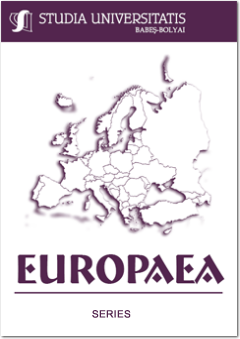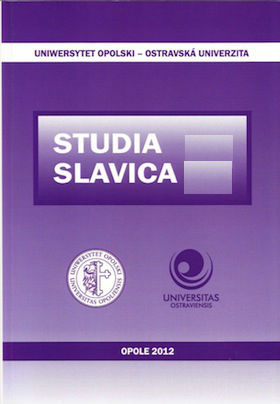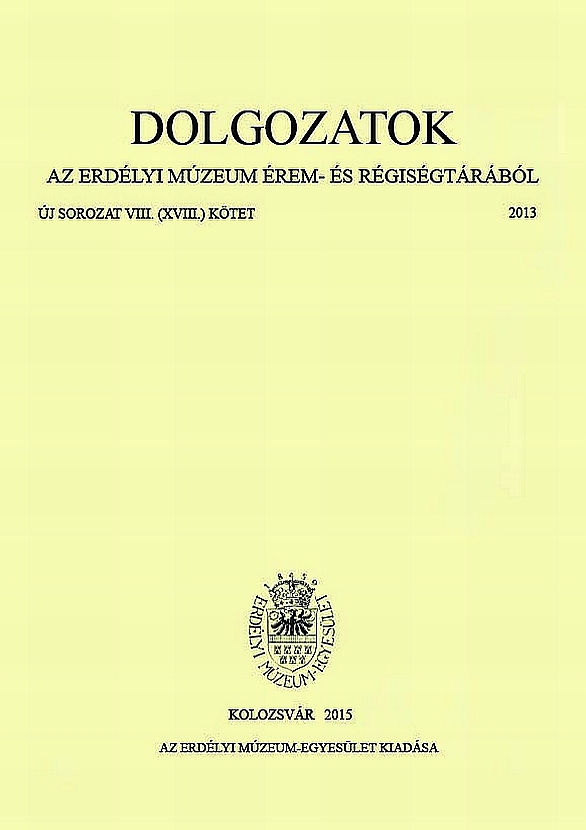Doboka kora középkori hamvasztásos temetőjéről
Author(s): Erwin Gáll,Nándor Laczkó / Language(s): Hungarian
/ Issue: VIII/2013
Keywords: Dăbâca; Braniște; Little Someș Valley; cremation; 7th–9th (10th) centuries
The village of Dăbâca (Dobeschdorf/Doboka) is situated in the north-western part of the Transylvanian basin, 30 kms northwest of Cluj-Napoca (Klausenburg/Kolozsvár) city, by the stream called Lona (Lónya), which flows into the River Little Someș (Someșul Mic/Kleine-Somesch/Kis-Szamos) 10 kms away from this place. One side of the mountain called”Nagyhegy” (Big-Mountain), which is situated southwest of the village (529 m above sea level) made the valley of the stream Lona/Lónya so narrow that it is a vantage point of the pass. The road in the narrow valley, squeezed between two hills, in the middle of the village takes a sharp turn to the left. The old fortress district was in the area curbed this way. The two hills are gradually declining towards northwest. The shape of the fortress is similar to a pie with a sharp angle and an arc at the end, pointing towards north-northeast. Both sides are well defendable, sloping in 25°45°. The early medieval fortress district was built in this place with a number of villages and churches around it. The excavations beginning in the early 60’s in the last century were conducted with preconceptions, as the centre of ‘lord Gelou’ was thought to have been discovered before the start of the excavations, which is an impassable way from a scientific point of view. From 1964 on there were archaeological excavations carried out in Dăbâca/Dobeschdorf/Doboka with shorter intervals, which took more than 20 years. During these excavations three churches were excavated which were renovated and rebuilt several times (Fortress Area IV, A. Tămaș's Garden, and the Church of Boldâgă/Boldogasszony) together with 871 graves in three cemeteries around them (most of the graves were dated back to the 11th-13th centuries) and sections of settlements that were inhabited in different periods from the stone age to the 16th century. Besides these archaeological sites, in a small area by wrong methods, probing excavations were carried out to the south-west of the castle, at a height of 353 m above sea level, near the stream called Braniște/Branistye (slavic toponym!), they were excavated a part of a cremation cemetery (1972, 1973), respectively a few pit houses. From documentation reveals that were excavated 9 or 10 grave pits, in which found ‘burned bones’ and ‘bones’, nevertheless without anthropological analysis these informations are very uncertains. After Kurt Horedt were excavated 15 inurned cremation burials, respectively one cremation in urn. Unfortunately the documentation is a very bad quality. This site, together with other cremation cemeteries, was dated to the 7-9th centuries by Kurt Horedt, although his dating is based upon other Transylvanian cemeteries. István Bóna dated them to the 7th-10th centuries. There are two major groups of cremation burials in the Little Someș/Somesch/Szamos Valley, the group of cremation burials with scattered ashes and that of the burials with urns (the rites themselves). In our opinion, mounds do not only fall in the category of customs but they are also the elements of social representation, whose mnemonic and visual effects, the latter of which comprises the effect of changing the landscape, are important to represent the status. Nevertheless, mounting a mound was also an economic issue, as mounting 14-20 m high mounds may involve some kind of structured community and people forced to work, which would clearly indicate a relatively social hierarchy. To our mind, its social prestige must not be underestimated in a microregion like the Little Someș/Somesch/Szamos Valley. When looking at the map of 10th century cemeteries, one has to observe a complete lack of the 10th century cemeteries with a large number of graves and with poor furnishings (without weapons and horse burials) and the cemeteries of the population of the era of the hungarian conquest in Cluj, whose high percentage was buried with their weapons and horses, are scattered appearing like islands. Concerning this phenomenon, we suppose that the population leaving behind the cremation burials (the ‘Slavonic’ speaking population) and the conquerors must have been in contact in the 10th century. We consider it important to emphasize that the existence of a large number of Slavonic place names around Cluj and in the valley of the Little Someș/Somesch/Szamos at a later time, may give an answer to the question why there is a chronological gap (due to archaeological deficiencies!) between these cremation burials and the churchyard cemeteries appearing in the second half of the 11th century and in the 12th century. The various Slavonic place names and hydronyms such as Dezmér, Dombró, Gesztrágy, Gorbó, Hója, Kályán, Mákó, Méra, Lóna, Palatka, Plecska, Szelicse, Szomordok, Szopor, Szovát, Sztána, Valkó, Vista, Zsuk provide us with an issue that is to be addressed, as to how they found their way into Hungarian and later into Romanian. Certainly, this question cannot and must not be answered by an archaeologist. The conquering Hungarians of the 10th century did not destroy this population, but integrated them into the economic and political-military structure of that age, certainly as a conquered population. In this respect we assume that from a chronological point of view it is a mistake to draw the upper boundary of the cremation cemeteries at the 9th century. But an even greater mistake was made, because they bound this chronological system artificially to the archaeological periodization of other regions (in the first instance to the Great Plain). The greater part of the archaeological interpretations, the disappearance of the cremation burials was linked to the downfall of the Avar Khaganate, ie an archaeological phenomenon was explained by a political-historical event. So, without the minimal archaeological evidence, the population of cremation cemeteries was made to disappear from the archaeological maps – because the Avar Khaganate fell down. In this case the following questions arise: 1. What happened to this population? – no one has answered this so far; 2. Why and how should the disappearance of a political structure result in the disappearance of a population (based upon the technical realities of the early Middle Ages)? After studying the history of ideologies, it is not difficult to pinpoint the root of this theory, but it cannot be connected to the early Middle Ages but to the specific thinking of the 19th – 20th centuries, or to be more exact to a modern myth, the myth of ‘unity’. According to this train of thought, the state – the nation – the micro-community – the individual all form an undividable (much more biological) unit, which can be considered one of the great historical lies! We are approaching Orwell and his 1984, the implantation of the role of modern states into other historical ages. However, it has nothing to do with the power structures of the early Middle Ages and their (technical) possibilities. To draw the conclusion, we think that this population leaving behind cremation burials saw the Hungarian conquest and the early Árpád era and as a result they were integrated into the structures of the Árpád era and they were converted to Christianity and became ‘Hungarians’ (therefore one can hardly speak about archaeological-funerary markers after the 10th century, everything became uniformed under the reign of the Árpád dynasty, similarly to the phenomenon that took place in the late Avar age). Therefore, in our opinion, the chronology of the cremation cemeteries along the River Little Someș/Somesch/Szamos should be thought over again, and their chronological sequence should be checked by 14C tests. And above all, new excavations should be carried out in the microregion of the Little Someș/Somesch/Szamos.
More...



